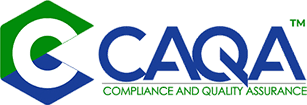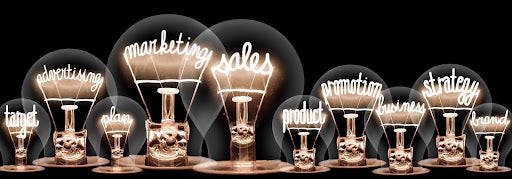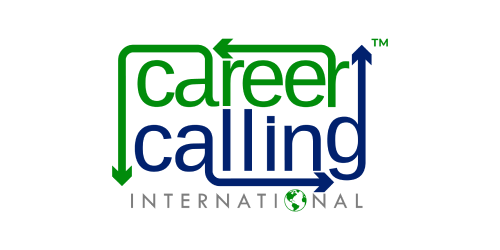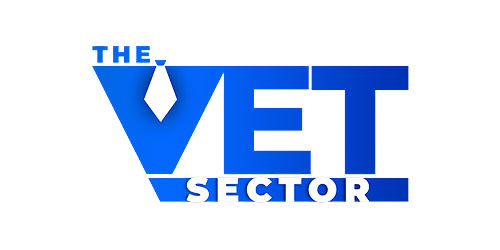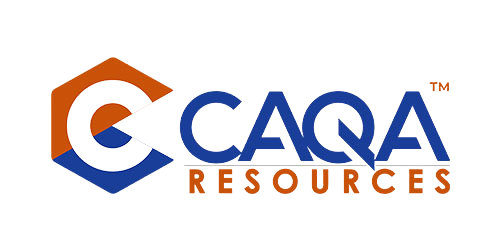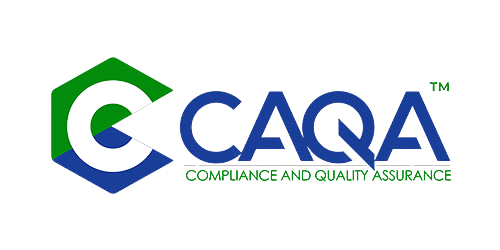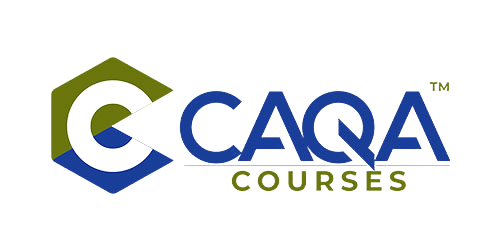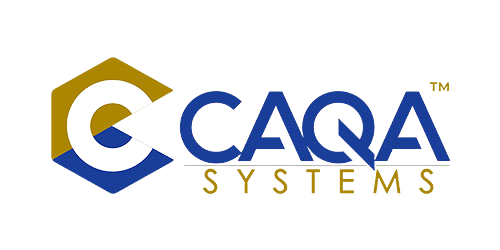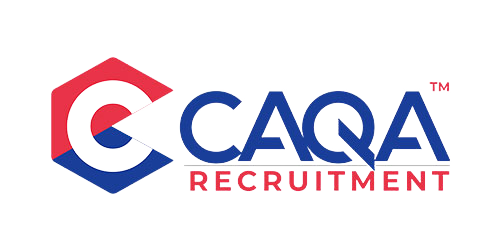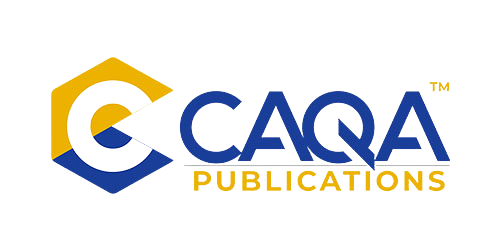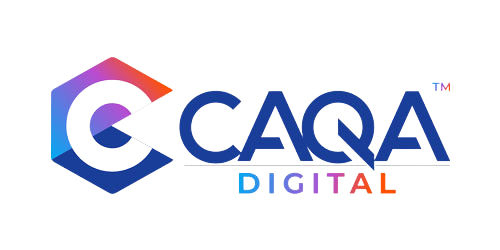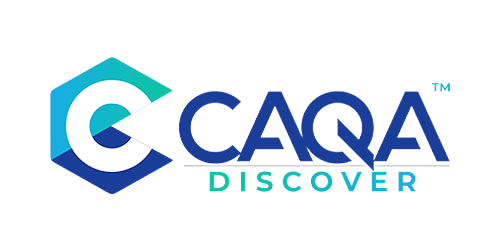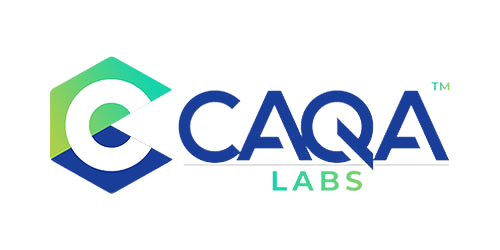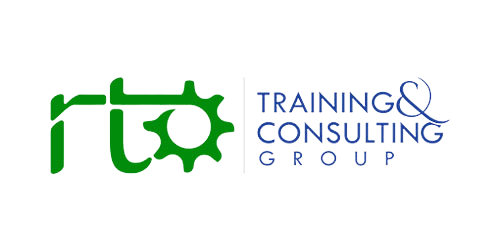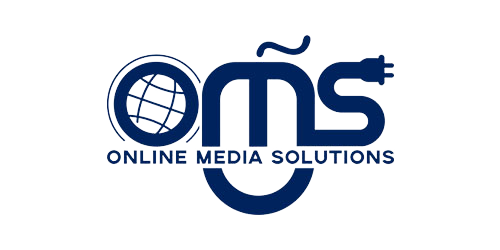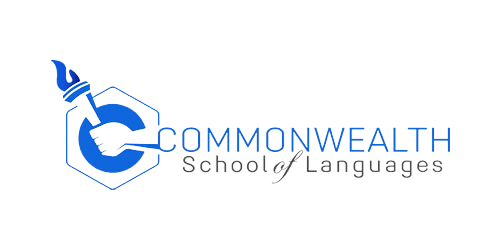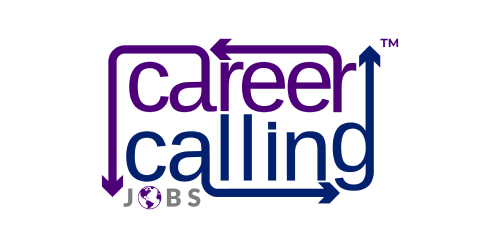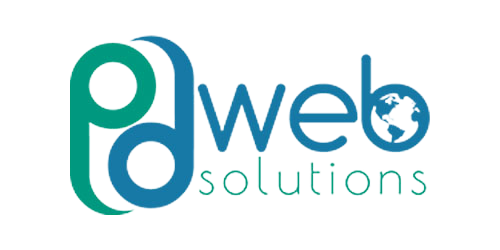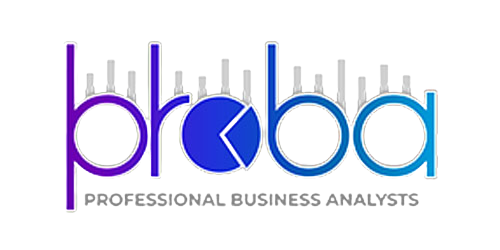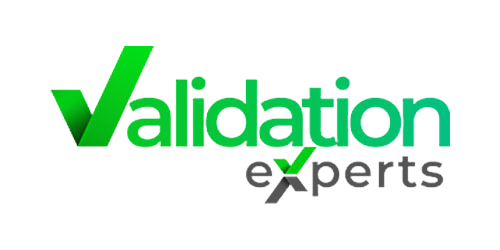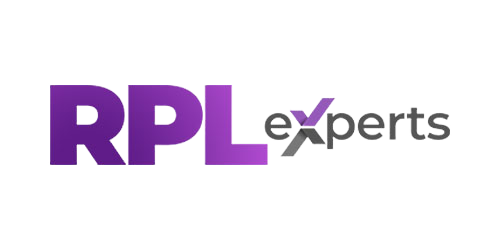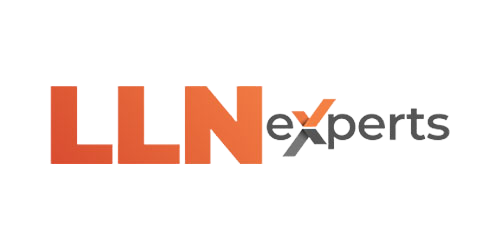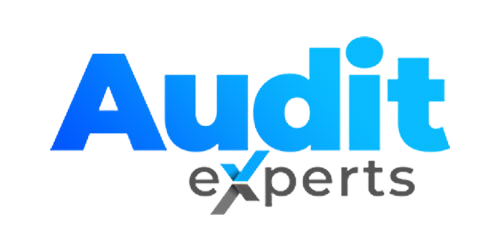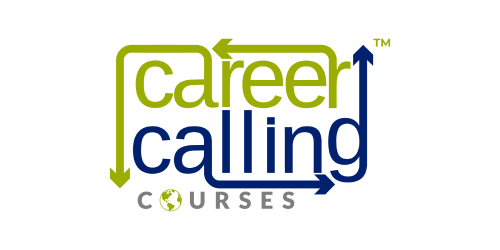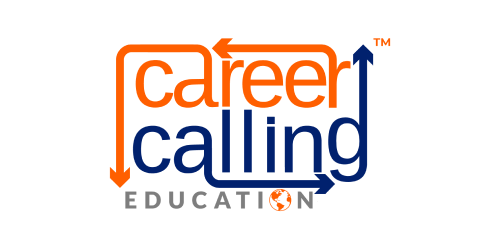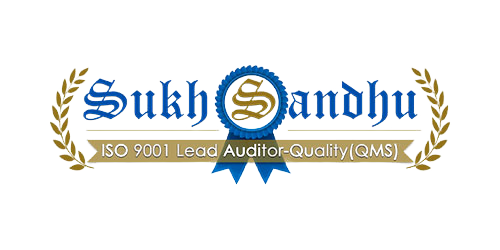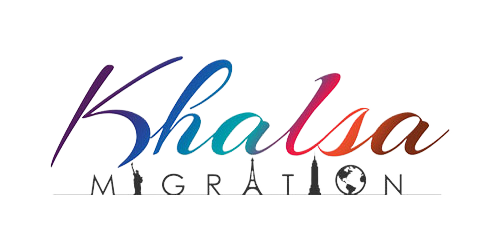As a business owner, you've likely heard the phrase, "You have to spend money to make money." While investing in your business is indeed a crucial component of growth, the assumption that hefty marketing budgets are a prerequisite for success is a common misconception. The advent of the digital age has democratised access to powerful marketing tools, many of which come at no cost at all. No-cost marketing, leveraging these free resources to boost brand visibility and customer engagement, is an ideal strategy for small businesses on tight budgets.
Let's dive deeper into some practical ways to navigate the marketing landscape when finances are tight. By leveraging social media organically, you can maximise the potential of platforms like Facebook, Instagram, Twitter, and LinkedIn. Regularly posting engaging, visually appealing content, using relevant hashtags, and interacting with your followers can enhance your brand's visibility and credibility. The power of these platforms lies in their ability to enable direct communication with your target audience, fostering a sense of community around your brand.
In addition to social media, utilising free online directories can significantly boost your brand's visibility. By listing your business on platforms such as Google My Business, Yelp, or industry-specific directories, you enhance your chances of attracting local traffic and increasing conversions. These platforms act as virtual signposts, guiding potential customers to your business when they conduct relevant searches.
As a small business owner, never underestimate the power of your personal network. Reach out to your friends, family, colleagues, and acquaintances and let them know about your business. Word-of-mouth is a powerful marketing tool, and a personal recommendation from a trusted source can be a compelling endorsement of your brand.
Consider collaborating with complementary businesses to expand your reach. Cross-promotion opportunities with businesses that offer complementary products or services can result in mutually beneficial customer engagement. For example, a fitness trainer could collaborate with a local health food store, offering discounts to each other's clients and creating a win-win situation.
Encouraging satisfied customers to share their positive experiences is another powerful marketing tool. A single positive review can influence potential customers and inspire them to engage with your brand. Moreover, consumers tend to trust personal recommendations over other forms of advertising, making word-of-mouth marketing an invaluable tool for enhancing your brand's credibility and reach.
Participating in online communities and forums related to your industry can also be an effective way to engage directly with potential customers. By offering valuable insights and solutions to their problems, you establish your brand as an authoritative voice in your industry, subsequently increasing brand visibility and fostering customer trust.
Finally, creating valuable content and sharing it on platforms like Medium, LinkedIn, or your own blog is another effective no-cost marketing strategy. By addressing your customers' needs and interests through informative content, you can enhance brand visibility, build credibility, and foster customer loyalty.
In conclusion, the notion that marketing success hinges on significant financial investment is outdated. In this digital era, no-cost marketing strategies offer small businesses the chance to build their brand without breaking the bank. Don't let financial constraints hinder your brand positioning; by leveraging these cost-effective strategies today, you can transform your brand and business trajectory in remarkable ways.
